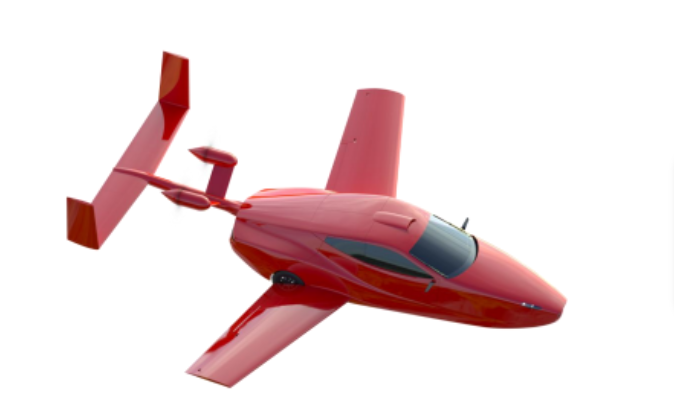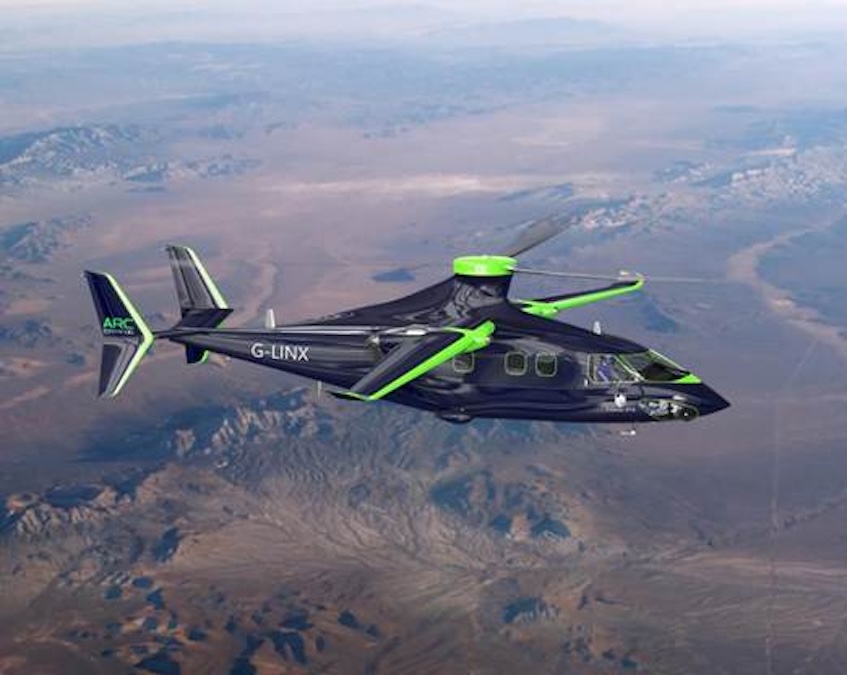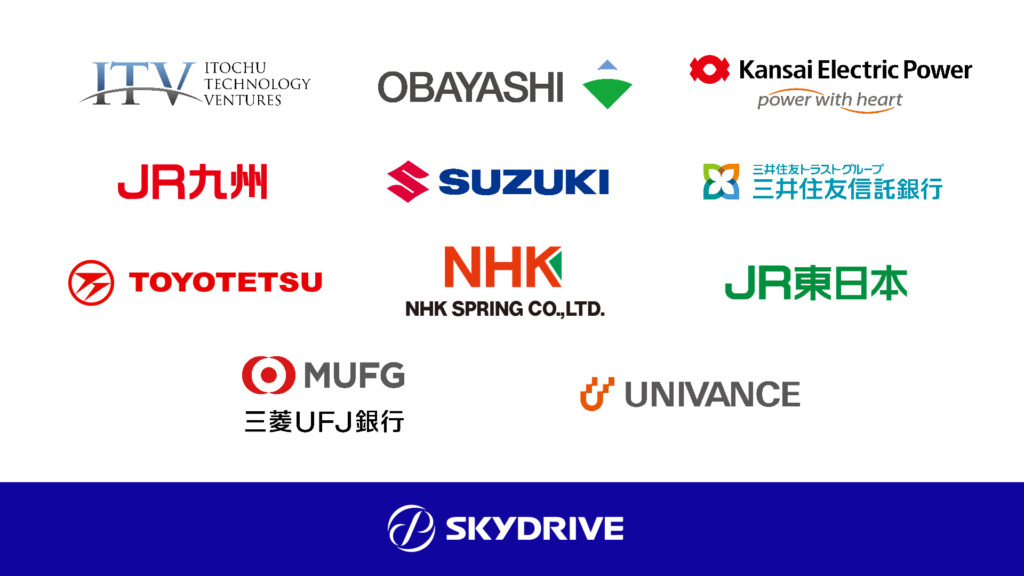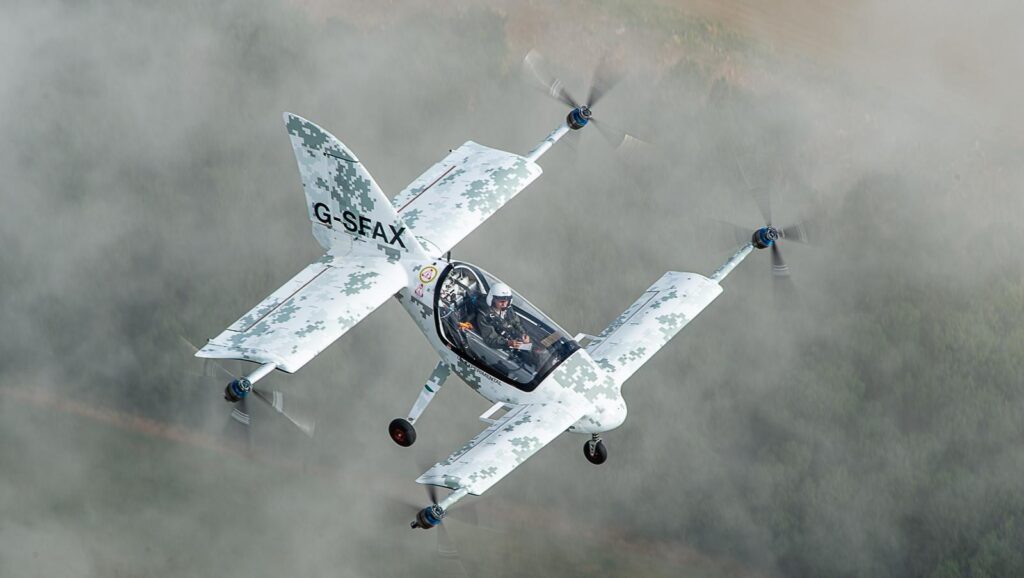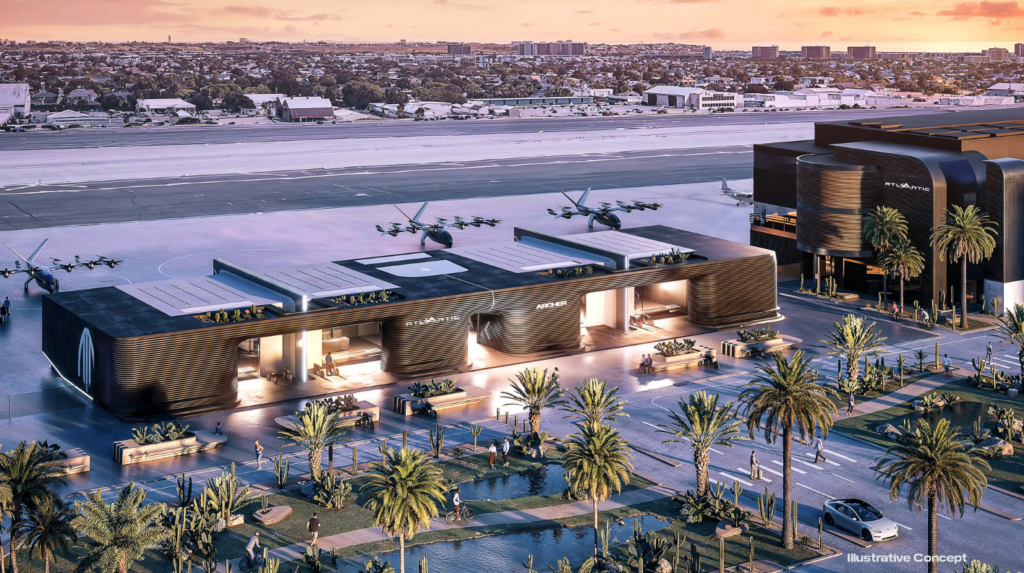
Archer Aviation and Atlantic Aviation have signed a Memorandum of Understanding (MoU) focused on establishing sites for electric aircraft operations in the LA and New York City metropolitan areas, along with Northern California and South Florida.
Archer and Atlantic Aviation plan to electrify several of Atlantic Aviation’s existing aviation assets to support future electric aircraft operations, including Archer’s Midnight eVTOL air taxi, at Atlantic Aviation locations across four key launch markets.
The companies plan to leverage the parties’ existing relationships with BETA Technologies to install BETA’s interoperable rapid recharging systems. BETA’s chargers utilize the Combined Charging System (CCS) that was recently endorsed by the General Aviation Manufacturers Association (GAMA) and is being utilized by several top original equipment manufacturers (OEMs) across the industry.
Atlantic and Archer anticipate launch of service across these initial locations in 2025 and subsequent expansion of services to other locations across Atlantic Aviation’s significant portfolio as availability of Archer’s aircraft scales. Together, Archer and Atlantic Aviation will be leaders in defining the infrastructure experience for the electric aircraft industry, offering premium experiences for customers.
“We are excited to work with Atlantic to help electrify their vast portfolio of high-value aviation assets in America’s most congested cities including the New York, Los Angeles, Miami, and San Francisco markets,” said Nikhil Goel, Archer’s Chief Commercial Officer. “These initial eVTOL vertiport locations will provide a launching pad for future expansion across Atlantic’s portfolio and ensure that our Midnight aircraft has safe, centrally located landing facilities for our future passengers.”
John Redcay, Atlantic Aviation Chief Commercial and Sustainability Officer, added: “We are impressed with Archer’s technology and suite of world-class partners including United Airlines; we are excited to work together to electrify our aviation assets to enable quiet and sustainable urban air travel in cities across the U.S.”




